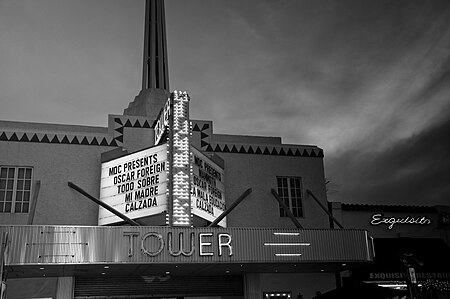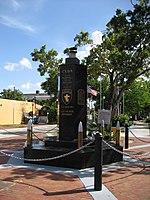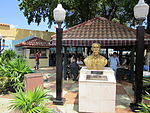Tower Theater (Miami, Florida)
1926 establishments in FloridaArt Deco architecture in FloridaTheatres completed in 1926Theatres in Miami

MDC's Tower Theater, is one of Miami's oldest cultural landmarks. When it opened in December 1926, it was the finest state-of-the-art theater in the South. It is located on SW Eighth Street and Fifteenth Avenue in Miami, Florida.
Excerpt from the Wikipedia article Tower Theater (Miami, Florida) (License: CC BY-SA 3.0, Authors, Images).Tower Theater (Miami, Florida)
Southwest 15th Avenue, Miami
Geographical coordinates (GPS) Address Nearby Places Show on map
Geographical coordinates (GPS)
| Latitude | Longitude |
|---|---|
| N 25.765672222222 ° | E -80.219463888889 ° |
Address
Southwest 15th Avenue 901
33135 Miami
Florida, United States
Open on Google Maps







